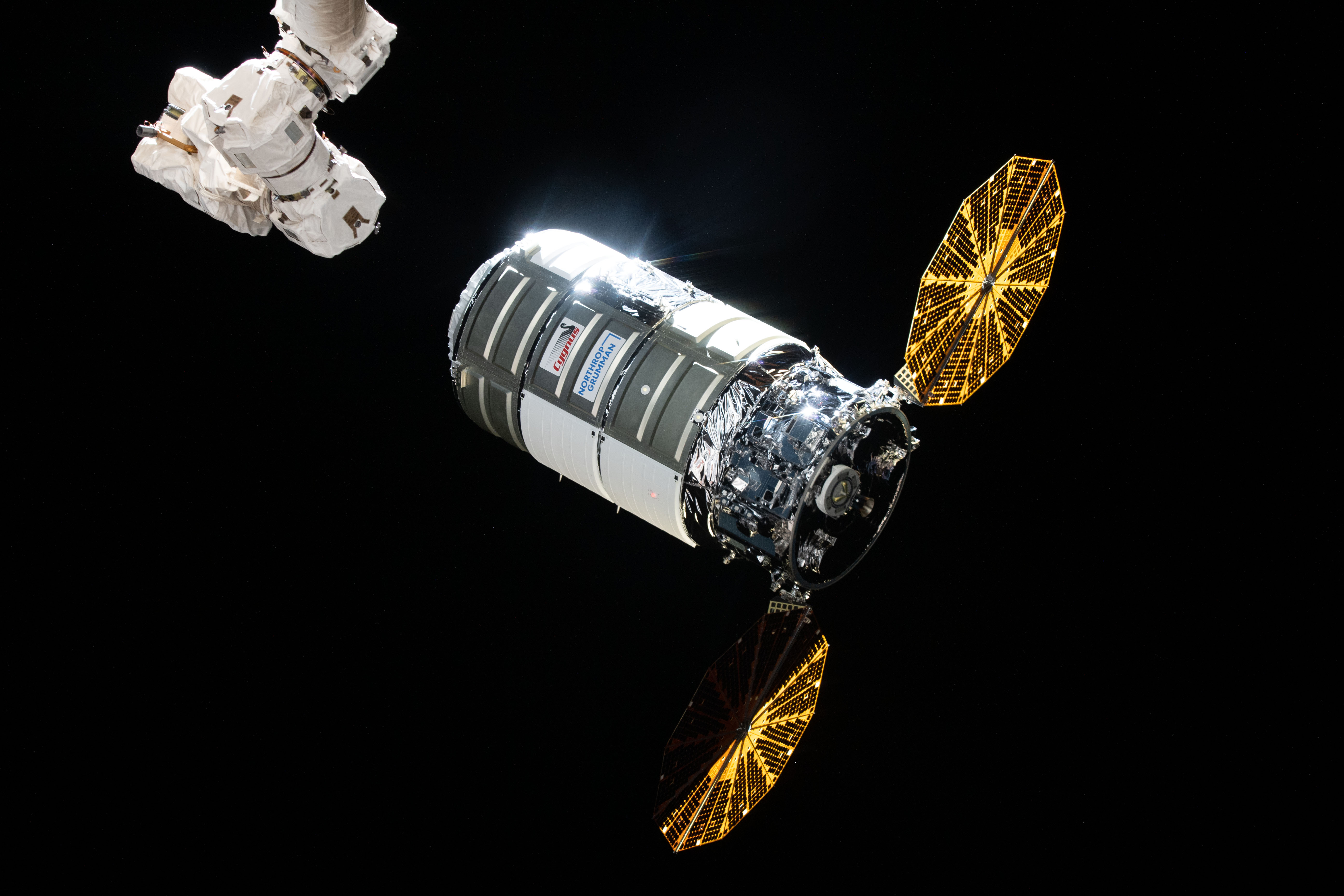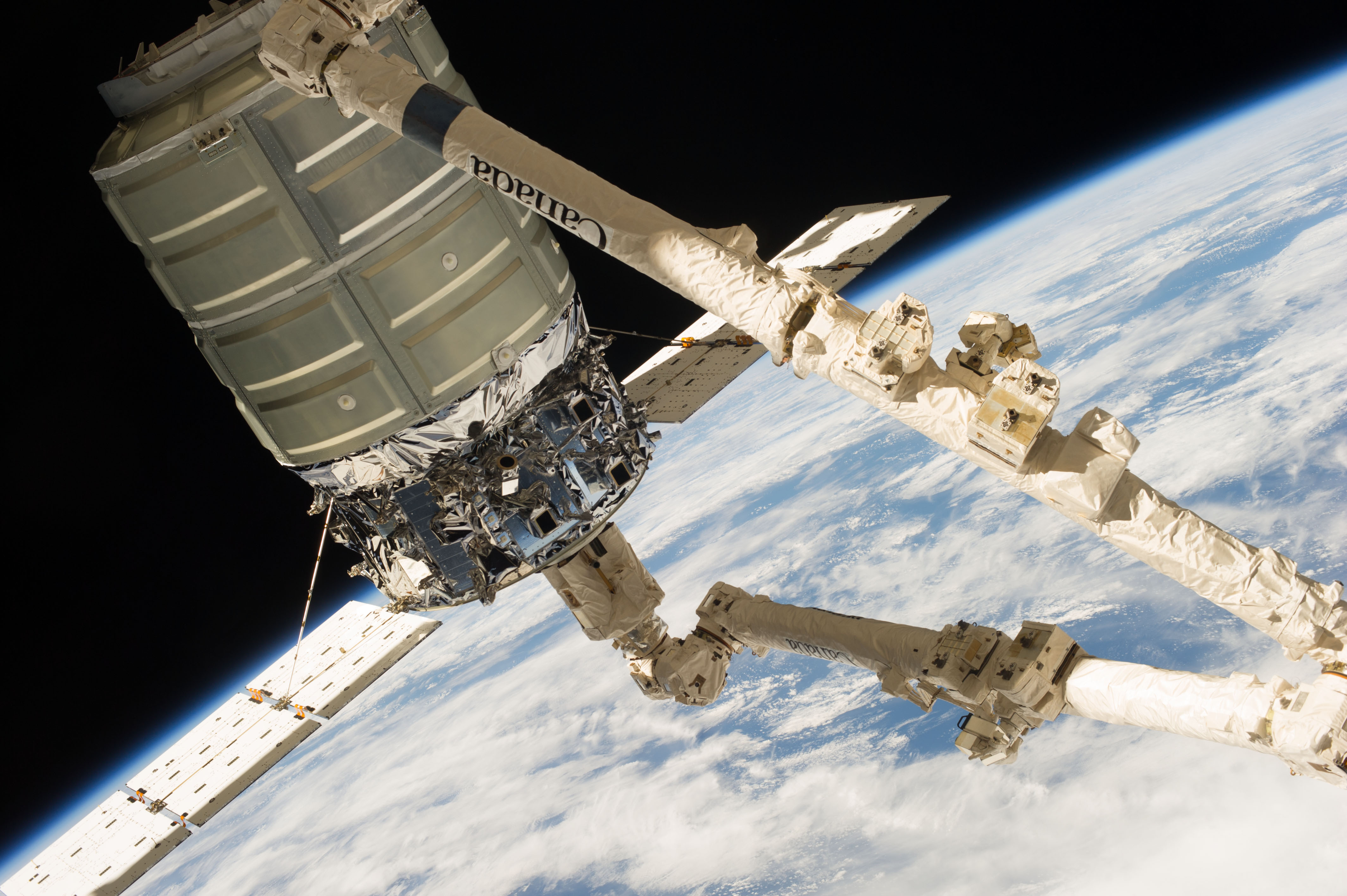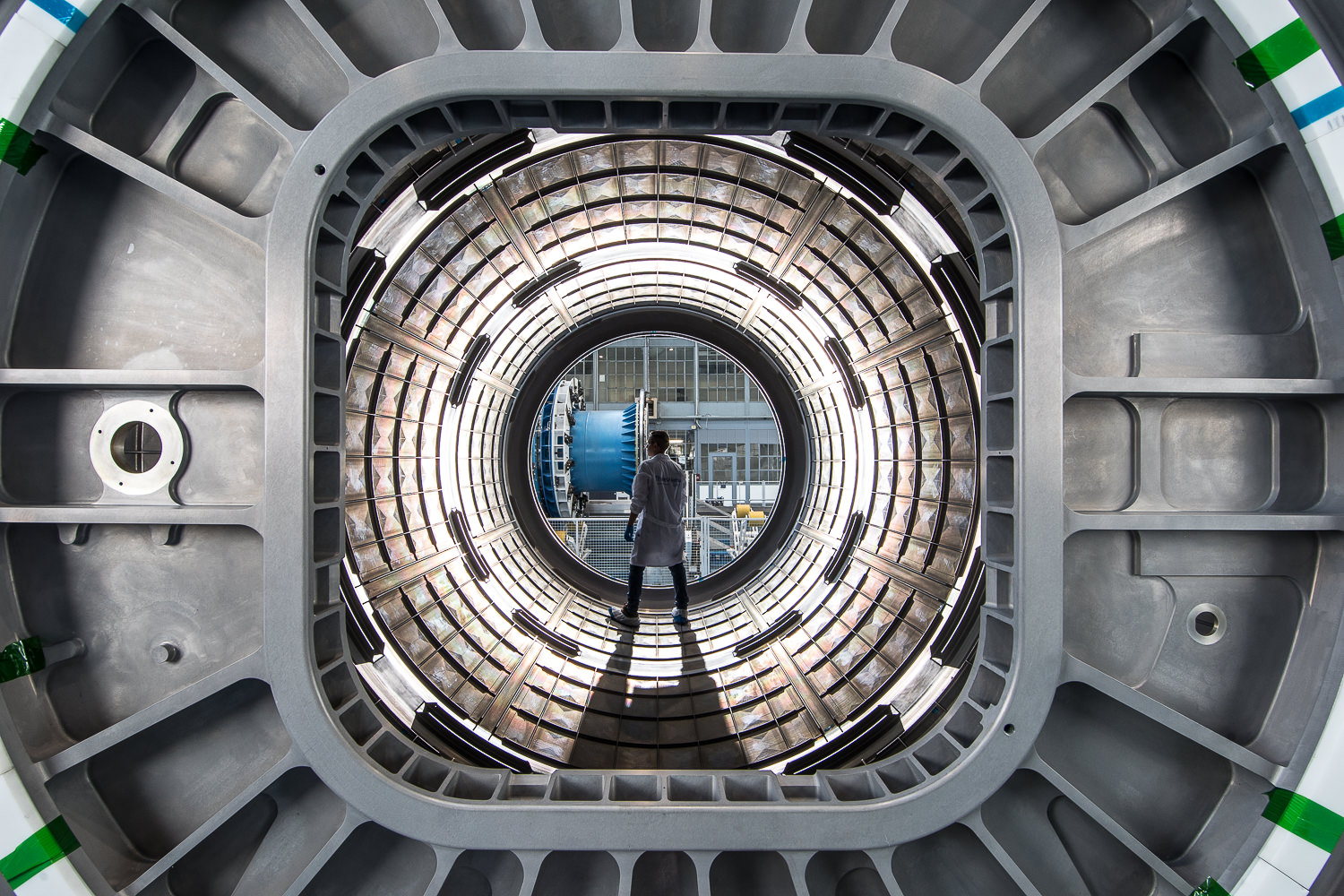Cygnus spacecraft successfully docked to the International Space Station
The latest Cygnus resupply vessel, named in honor of former astronaut and renowned climate scientist Piers Sellers, has successfully docked to the International Space Station (ISS). The 17th Cygnus operational mission was launched by an Antares 230+ rocket from NASA’s Wallops Flight Facility, Wallops Island, Virginia, on Saturday, February 19.

The Cygnus spacecraft comprises two main sections: a Service Module from Northrop Grumman, and an enhanced Pressurized Cargo Module (PCM) developed and built by Thales Alenia Space. The PCM carries more than 3,700 kg (8,200 lb.) of payload, including vital crew supplies, such as water, food and personal items. It also includes spare parts and supplies for scientific experiments performed by the orbital laboratory, which demonstrates new technologies and enables research not possible on Earth.
The experiments carried on this mission included kits for testing cancer cell therapies and investigating how microgravity impacts skin aging, along with a system to try alternative approaches to growing plants without soil. Experiments such as these will help us prepare for future long-duration missions in space, while leading to important developments that could improve life on Earth. Each Cygnus mission lasts about three months.

Thales Alenia Space’s Turin plant is already producing the next three Cygnus Pressurized Cargo Modules: PCM-18 is undergoing advanced integration in preparation for a launch planned in August 2022, while both PCM-19 and PCM-20 are being assembled.
Thanks to the long-standing collaboration between Thales Alenia Space and Northrop Grumman, Cygnus has been delivering critical supplies to the ISS since 2013.



